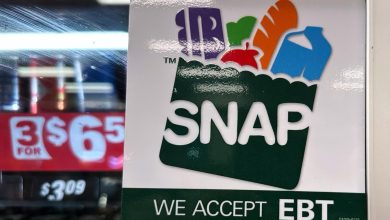Aurora Market: Your Go-To Halal Market in Aurora, Colorado
Discover authentic East African (Somali) groceries, fresh Halal meats, and convenient grab-and-go snacks at Aurora Market.

Aurora Market (Halal), located at 1555 S Havana St, Unit A, Aurora, CO 80012, is the ultimate destination for East African and Somali groceries in Aurora. With a dedicated Halal meat counter, the market ensures that customers have access to high-quality, certified Halal meats for all their cooking needs.
The market is especially popular among the Somali and Muslim communities, offering traditional foods and ingredients that are otherwise difficult to find. From fresh cuts of beef, lamb, and chicken to specialty East African staples, Aurora Market caters to both everyday shopping and festive occasions.
In addition to groceries, the market provides grab-and-go snacks, including Somali cookies, fresh dates, and other convenient treats. These items make it easy for customers to enjoy authentic East African flavors without extensive preparation.
Aurora Market is more than just a store; it serves as a community hub, where residents can find products that connect them to their heritage while enjoying the convenience of a modern market. The friendly staff and welcoming environment make shopping here a pleasant experience for all visitors.
For inquiries, you can reach Aurora Market at 303-887-3276. Whether you’re looking for Halal meats, East African snacks, or Somali cookies, Aurora Market provides a one-stop solution for quality and authenticity.



